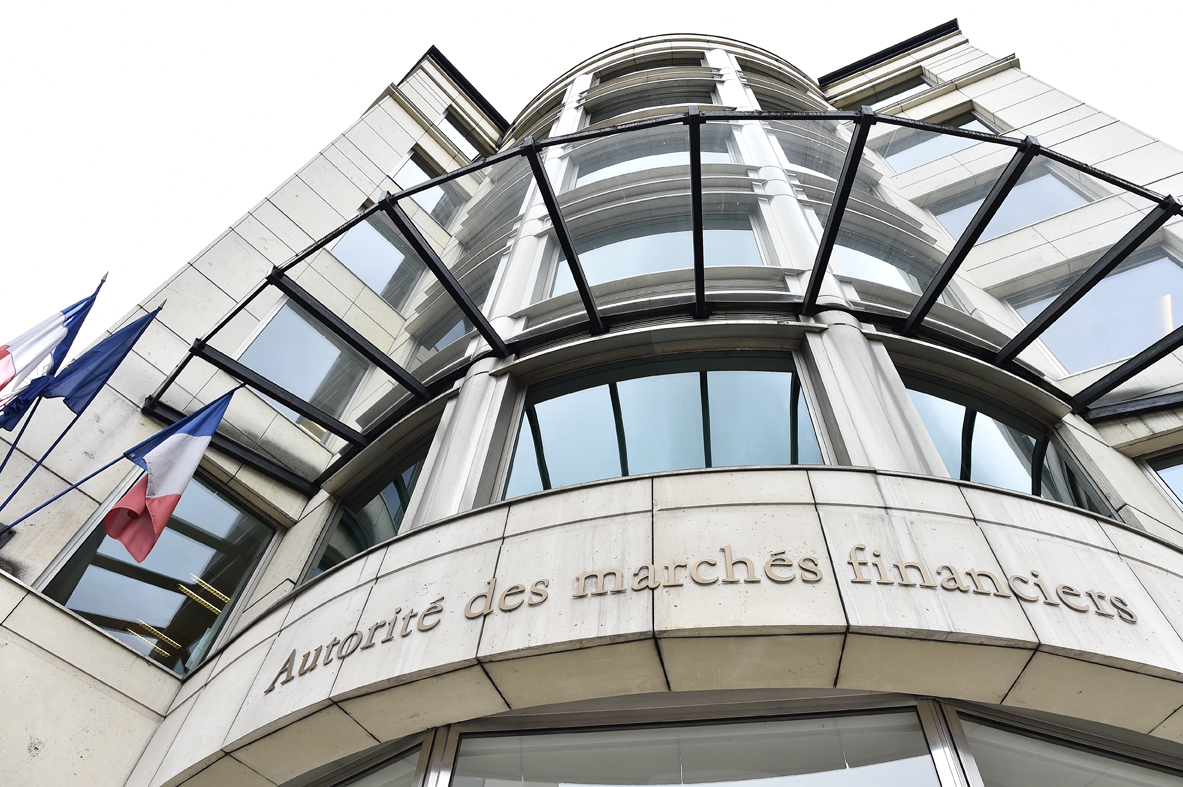The Autorité des marchés financiers (AMF) looked into the liquidity disruption at the start of the health crisis, which had also destabilised the NeuCP market. The regulator has not identified the same timing constraint in other European markets.
What happened on the French money market at the beginning of the health crisis? At the time, in March 2020, massive buybacks caused a brief liquidity crisis, which was broken by central bank intervention.
The Autorité des Marchés Financiers (AMF) has looked into the matter and published a detailed analysis of French money market fund portfolios during this crisis. This is part of a broader reflection conducted by IOSCO (International Organization of Securities Commissions), which has drafted a issues note in November 2020.
The AMF study is by Pierre-Emmanuel Darpeix and Natasha Mosson.
Very short-term debt
Money market funds (MMFs) are collective investment schemes (CISs) that invest in portfolios of very short-term debt securities that may be issued by governments (Treasury bills), public administrations, banks (certificates of deposit) or other types of non-financial companies (commercial paper, CP).
The regulator notes that, in conjunction with other economic factors, this turbulence may have been caused by the fact that French MMFs are characterised by a high degree of quarterly cyclicality in flows, with redemptions occurring before the end of the quarter: "Investor cash is sometimes invested throughout the quarter and withdrawn just before the quarter-end accounting deadline to be presented as such in the balance sheets. Withdrawals are traditionally slightly higher at the June and December deadlines"
However, this element, which could have destabilised the market at the end of March 2020, is clearly not present in equivalent European markets.
Atypical in Europe
"The high cyclicality of French MMFs appears to be atypical in Europe: the data published by the Banque centrale du Luxembourg and the Central Bank of Ireland do not show such a pattern in these two jurisdictions. This difference, which is specific to France, raises questions and suggests that different categories of investors use MMFs and / or the same uses of MMFs in different jurisdictions"The AMF is astonished.
Given an environment already troubled by the health crisis, redemptions at the end of the first quarter of 2020 had exceeded twice the historical maximum for a March.
During this crisis, it was mainly securities issued by financial institutions, which account for the majority of portfolios, that were sold by money market funds. "Before the crisis (in January/February 2020) non-financial companies accounted for just over 20 % of MMF assets while the financial sector was close to two-thirds. The buyback waves of March 2020 distorted the MMF portfolio: the share of financial sector stocks declined to just over half of MMF assets, in favour of cash, which rose from 10 % to 21 % between January and April 2020", the AMF details.
This led to a liquidity disruption in the NeuCP market on which financial institutions and commercial enterprises manage their cash flow by issuing securities.
"Within the financial sector, it is mainly the share of bank securities that has shrunk: they accounted for 36 % of MMF assets after the crisis, compared with over 48 % before the crisis. The decline was concentrated in banks with French parent companies", the regulatory authority adds.
Towards a new regulation
The European Securities and Markets Authority (ESMA) opened a consultation in March for a possible new money market fund reform. The previous one, however, was implemented in 2018 and 2019.
The regulatory authority has announced that it intends to send its recommendations to the European Commission in the second half of 2021 after having collected the responses to its consultation by 30 June. A regulation could intervene by the end of the first half of 2022.
This is a major financial stability issue, given the assets managed by these funds worldwide: $7 trillion at the end of 2019 according to ICI.
